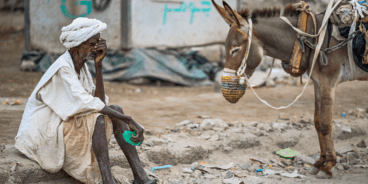
The Lesson of Libya
The following article written by Prof. the Hon. Gareth Evans was originally published in The New York Times. Original version is available here.
David Rieff (“R2P, R.I.P.,” Views, Nov. 7) is right to say that advocates of the Responsibility to Protect doctrine — and I have been in that trench from the beginning — should not be too triumphant about the course of events in Libya. It will indeed be harder in the future to get the U.N. Security Council to endorse the use of coercive military force to stop or prevent mass atrocities.
But Mr. Rieff’s suggestion that we should be mourning possibly mortal damage to R2P overstates the case. Counterfactuals can never be proved, of course, but all U.N. members essentially now accept that if quick and robust military action had been taken in the 1990s, when the North and the South were hopelessly divided over “humanitarian intervention,” some 8,000 lives would have been saved in Srebrenica and 800,000 in Rwanda. No one wants a return to the inaction of the past.
The lesson of Libya is that R2P advocates have to define more precisely the stringent prudential criteria that must be satisfied before the Security Council authorizes coercive military force and those that should govern the application of force.
Five criteria have been long on the table: that the harm feared is serious, that the intent to address that harm is genuine, that nothing less than military coercion is likely to succeed, that force be applied proportionally to the harm feared, and that the net balance of consequences is likely to be positive. These standards should be adopted as formal Security Council guidelines. They all clearly applied when the Council acted to prevent an imminent massacre in Benghazi, Libya, in March. But some of the criteria — especially proportionality — did much less obviously so as the intervention wore on.
Related Content


Atrocity Alert No. 440: Israel and the Occupied Palestinian Territory, Protection of Civilians and Libya
